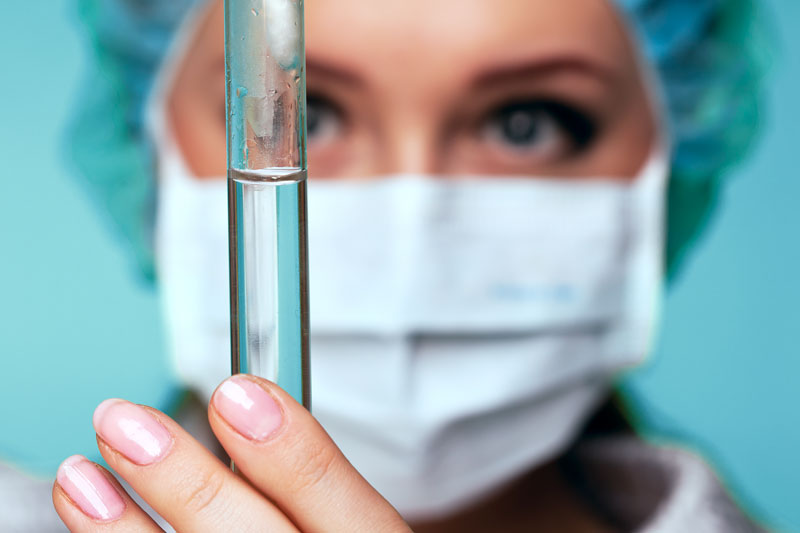There are various ovarian stimulation protocols that can be used. Personalizing the protocol based on the needs of each couple is necessary in order to maximize the chances of success. The most common are:
- Long protocol
The administration of drugs, analogues of the hormone GnRH, for injection, usually begins on the 21st day after the start of menstruation (period), in order to suppress the ovaries. This stage lasts about 10 days until the woman has her period. A transvaginal ultrasound is then performed as well as a hormonal blood test to make sure that the ovaries are actually suppressed. Thereafter, ovarian stimulation is initiated with drugs (pituitary gonadotropins), which are administered at a specific dose depending on each incident. And these drugs are injectable. The stimulation stage lasts about 10-12 days. During this period, 3-4 visits to the clinic are performed, where a transvaginal ultrasound is performed as well as an estradiol measurement in the blood, in order to monitor the growth rate of the follicles. Depending on the results, the dose of the medication is adjusted each time. When the eggs are ready for collection, the last injection (chorionic gonadotropin) is carried out, with a view to their final ripening. After 34-36 hours the egg is collected.
- Short protocol
Another, shorter, protocol is the short one, which is selectively used in specific cases where the physician considers it necessary. In short protocols we use again injectable forms of drugs. Their administration usually begins on the 2nd or 3rd day of the woman’s cycle and the whole treatment is shorter: it takes about 15 days, since repression and stimulation occur simultaneously. Repression almost always occurs with the use of antagonists, and much less frequently with the use of agonists (flare up protocol).
- Natural cycle
The natural cycle is the method in which we do not administer drugs to stimulate the ovaries and obtain many eggs. On the contrary, we are watching the follicle, which the woman normally produces on her own during her cycle. Monitoring is done by vaginal ultrasound as well as hormone measurement in the blood. When the follicle is large enough, a gonadotropin injection is given to ripen it and, 36-38 hours later, the egg is collected.
Once the egg is collected and fertilised, the resulting embryo is placed in the uterus using the classic method of embryo transfer, 2-3 days after egg collection.
The advantage of the natural cycle is that we do not administer any medication to stimulate the ovaries. This method is used in women who either cannot take or have poor response to medication. It can also be used in women who have made multiple failed attempts with poor quality embryos. The downside is that we only aim for one egg to produce a smoothly fertilised egg and then a good quality embryo for embryo transfer, which is not always the case.






